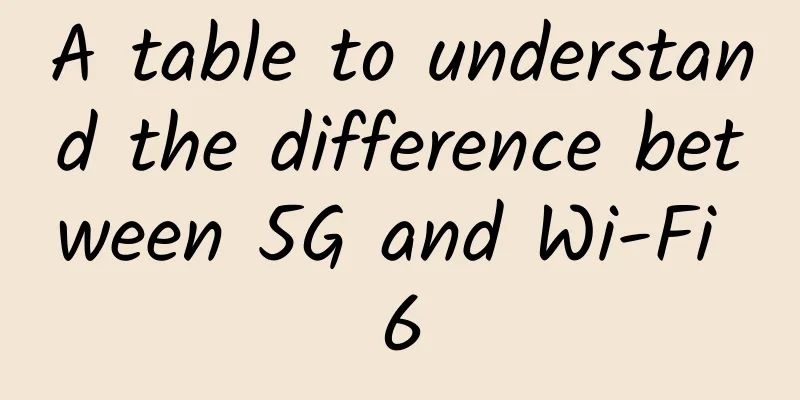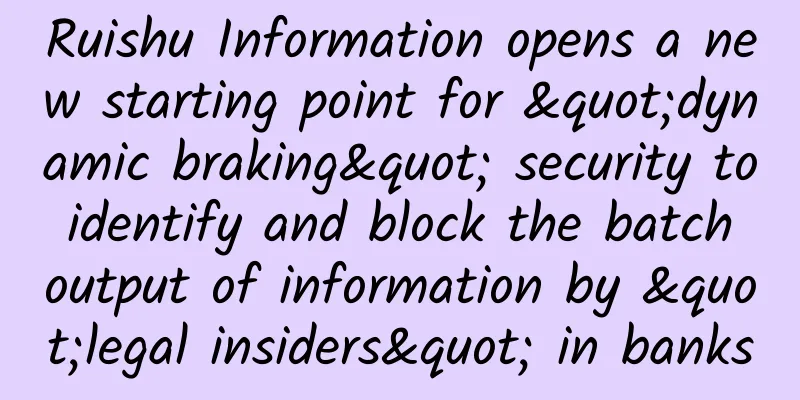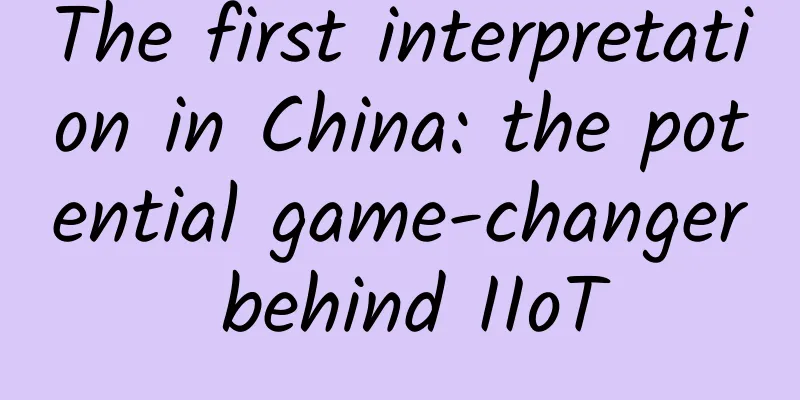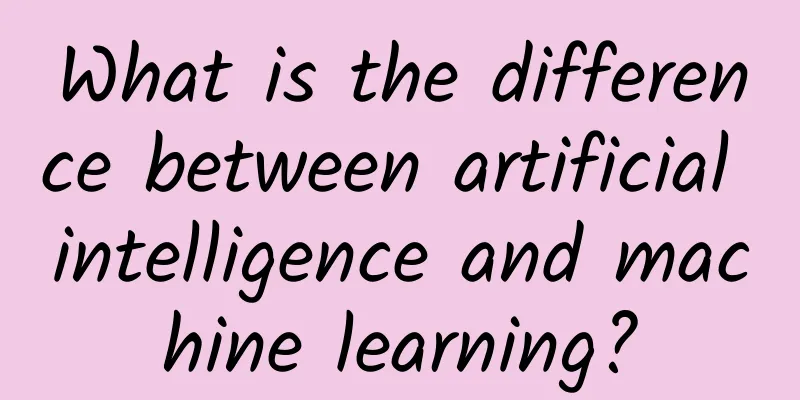A table to understand the difference between 5G and Wi-Fi 6

Spectrum TypeTraditionally, cellular networks operate in licensed spectrum and Wi-Fi operates in unlicensed spectrum. However, in the 5G era, this division has gradually become blurred. On the one hand, some countries, such as Germany, the United Kingdom, Japan, France, and the United States, have allocated localized spectrum for 5G private networks, which can be used after enterprises apply for approval; on the other hand, the standard-defined NR-U is a 5G wireless network that operates in unlicensed spectrum. Judging from this trend alone, Wi-Fi 6 faces greater competitive pressure from cellular networks than previous generations. MobilityCellular networks are designed for mobility, and they have a natural advantage over Wi-Fi in this regard. But Wi-Fi can also support inter-AP roaming through gateways, which can expand WLAN to a larger coverage area. However, 5G has a complete and mature mechanism for reselection, switching, and redirection, while Wi-Fi 6 needs to disconnect and reconnect, and the roaming interruption time is longer. CoverageBecause the licensed spectrum allows higher transmission power, the coverage range of 5G Small Cells is typically 100 to 300 meters, which is larger than the coverage range of indoor Wi-Fi (usually within 50 meters). Chip/Terminal CostWi-Fi 6 chips are cheaper than 5G chips, with obvious cost advantages. Deployment CostFor wide-area coverage, 5G has the advantage of coverage capability and can reuse the existing 2/3/4G site deployment, and the deployment cost is lower than Wi-Fi. But for enterprise LAN scenarios, the cost of building new 5G networks and deploying terminal equipment is much higher than Wi-Fi at present. However, since 5G has more advantages in anti-interference, reliability, low latency, multiple connections, mobility, etc., for some services with higher requirements for latency, reliability, etc., such as automated control, 5G private networks still need to be deployed. In the medium and long term, it is believed that the deployment cost of 5G private networks will decrease, and once the cost drops low enough, it is believed that more companies will consider replacing part or all of the Wi-Fi network with 5G. In general, 5G and Wi-Fi 6 are both competitors and complements. At the same time, with the evolution of technology and applications, entering the 5G and Wi-Fi 6 era, the boundary between cellular networks and Wi-Fi is becoming increasingly blurred. |
<<: Weibu Online was shortlisted for CDM 2021 Black Unicorn Awards
>>: Seven distributed global ID generation strategies, which one do you prefer?
Recommend
TCP waves four times: Why four times? The principle is revealed!
introduction Hello, everyone. I am your technical...
6 steps to effective real-time monitoring across hybrid IT
For data center operations, it can be difficult t...
The latest global ranking of 5G standard essential patents: Huawei first, Samsung second
Recently, IPLytics, an internationally renowned p...
Foxit Kunpeng OFD technology debuts at the 7th Military Expo to help the information construction of party, government and military documents
From July 5 to 7, 2021, the "9th China Comma...
Dubbo3.0 Alibaba Large-Scale Practice Analysis—URL Reconstruction
1. Introduction to URL Before we discuss the spec...
China Mobile's Sun Tao explains the "5G System Architecture Standard Project": It is crucial to 5G network management and operation
At the 3GPP SA2#118 meeting held in Reno, the Uni...
Learn Network TCP/IP Protocol Stack
[[409633]] This article is reprinted from the WeC...
Report: 5G will become one of the most influential technologies from 2020 to 2025
On October 26, foreign media reported that accord...
BandwagonHost: DC9 triple-network CN2 GIA line replenishment annual payment of US$74, 2.5-10Gbps bandwidth CN2 GIA quarterly payment starts at US$46.7
The DC9 triple-network CN2 GIA line host of Bandw...
Sharing of practical experience on routing technology pitfalls, have you learned it?
With the rapid development of information technol...
"Prevention" is the key! The three major operators have taken multiple measures to help resume production and work
With the end of the extended Spring Festival holi...
IPv6 communication principle (1) - The network card startup process that cannot be ignored
Related article: IPv6 Series - 10 Common Problems...
spinservers San Jose China Telecom network independent server simple test
A few days ago, the tribe shared the test informa...
iWFHosting high-end server $189-Dual E5-2680v2, 192G memory, 4x2TB hard disk, 20TB monthly traffic
The tribe has always been mainly sharing low-pric...
Five-minute technical talk | A brief analysis of the stress testing method of the audio and video communication and signaling SIP protocol
Part 01 Audio and video communication process Aud...









